It’s World Environment Day, and we couldn’t be more thrilled to announce our mangrove restoration plan for Little Bahama Bank!
Scientists suspect mangroves suffered catastrophic damage when the Category 5 Hurricane Dorian struck Abaco in 2019, and then lingered for days over Grand Bahama. But no one knows the full extent of the damage yet. That’s where PIMS come in.
Empowered by a new grant from The Bahamas Protected Area Fund, we plan to uncover the full extent of Hurricane Dorian’s damage on mangrove ecosystems around Abaco and Grand Bahama using advanced habitat mapping technology, like drones and hyperspectral imaging.
Then, we’ll strategically restore damaged areas that are best-positioned to make a comeback.
“Mangrove restoration is important, but it’s too expensive and difficult to do it everywhere,” said Dr. Craig Dahlgren, PIMS Executive Director. “Using a special-equipped drone, we can look at everything, and then prioritize sites for restoration where we can make the greatest impact.”
.jpg)
Our team plans to photograph thousands of acres of mangroves by air, and then use cutting-edge photogrammetry tools to stitch the photographs together and create high-resolution 3D habitat maps.
“For the first time, we’re able to survey huge areas in just a few hours,” said Will Greene, PIMS Research Associate and drone pilot. “From the 3D models, we’ll be able to measure individual trees that were killed by the hurricane and identify them down to the species level – all from a computer screen.”
Using in-water surveys, we’ll also examine how Hurricane Dorian affected fish and benthic life within mangrove creeks. After we prioritize areas for restoration, we’ll mobilize local community groups and students to help: 1) clean up and remove debris from target mangrove sites, 2) plant and repopulate mangroves in battered areas, and 3) map and track restoration success over time.

Why should we restore mangroves?
So much more than swampy wastelands, coastal mangrove forests are among the most productive ecosystems on earth and provide invaluable services.
Mangroves are climate warriors and sequester massive amounts of carbon annually. Their propagating root networks also provide nursery habitat for thousands of coral reef fish (including key fishery species, like juvenile groupers and snappers), mollusks and crustaceans. In fact, one square kilometre of mangrove habitat is worth up to USD $1.25 million in The Bahamas alone.
Perhaps what distinguishes mangroves the most, however, is their role in protecting our coastline and people from intense tropical storms. At the interface between land and sea, dense mangrove thickets create an important barrier between relentless waves and coastal homes and infrastructure. Without mangroves, a new study reports global flood damages could increase by more than $65 billion annually.
“In the era of climate change and worsening tropical storms, mangroves are our last line of coastal defense,” said Dr. Dahlgren. “That’s why it’s so important that we protect them – just like they protect us – and restore areas that were heavily damaged before it’s too late.”

A project of the Bahamas Protected Areas Fund and the Caribbean Biodiversity Fund, financed by the German Federal Ministry for Economic Cooperation and Development through KfW.
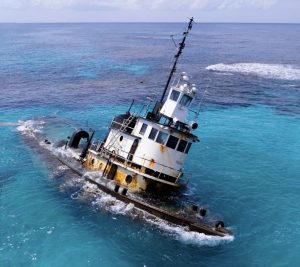
A Year Later, Stranded Tug and Barge Still Scars Reef in Fowl Cays National Park–Residents Demand Accountability
A haunting aerial view of the grounded tug and barge in Fowl Cays National Park—still embedded in coral a year later, a stark reminder of the cost of inaction. Photo
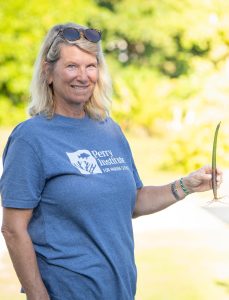
Women Leading Mangrove Restoration in The Bahamas
Have you ever wondered who’s behind the scenes saving our environment, right in our own backyard? Picture a group of energetic, determined women rolling up their sleeves and diving into
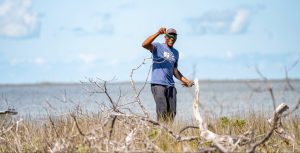
Rewilding the Marls of Abaco: PIMS Plants 100,000 Mangroves and Counting in 2024
As the afternoon sun bathes the Marls of Abaco in golden light, Bahamian boat captain Willis Levarity–locally known as “Captain to the Stars”–stands ankle-deep in soft, warm mud. A broad
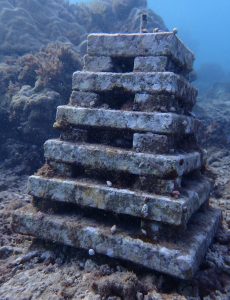
Unveiling Coral Reef Biodiversity: Insights from ARMS Monitoring Structures
An ARM teeming with new coral recruits and a diversity of marine life, highlighting reef recovery and biodiversity Understanding Coral Reef Biodiversity Most new PhDs in the natural sciences move

7 Key Takeaways from COP16: Confronting Coral Reef Challenges in a Changing Climate
United #ForCoral: Experts, advocates, and leaders from across the globe join forces at COP16 for the #ForCoral conference, hosted by the International Coral Reef Initiative. Together, they’re driving urgent action
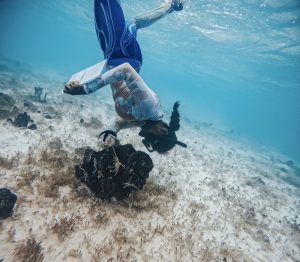
Fieldwork Wrap-Up: Strengthening MPA Management in The Bahamas
Marine protected areas (MPAs) are critical tools in the conservation of marine species and habitats, safeguarding reefs, seagrasses, and mangroves that provide vital ecosystem services to coastal communities. At the




